Moving to the country had its pros and cons. There were a lot of things to learn, especially in the garden. I tried to take my entire suburbia garden, one plant at a time, but some of my shrubs, sadly, had to be left behind. They were too big and the roots too deep to move with ease.
One of these shrubs was the weigela bush that sprouted bright red flowers from late June, sometimes well into August. It had taken about ten years for my weigela to grow to the size it was when we moved. It was too big to dig up. But I wasn’t about to leave it behind. Not totally.
I decided to experiment. I had nothing to lose. I clipped a ten-inch, new growth branch and immersed it in water. I used a plastic water bottle, one that had been placed in the recycle bin. I was recycling on my own, by creatively reusing an otherwise disposable item.
The bottle was perfect. I filled it with water and slid the clipping through the opening. It sat safe and secure, and obviously content with the ready supply of water. I had a feeling it might work, but everyone else was convinced I was wasting my time.
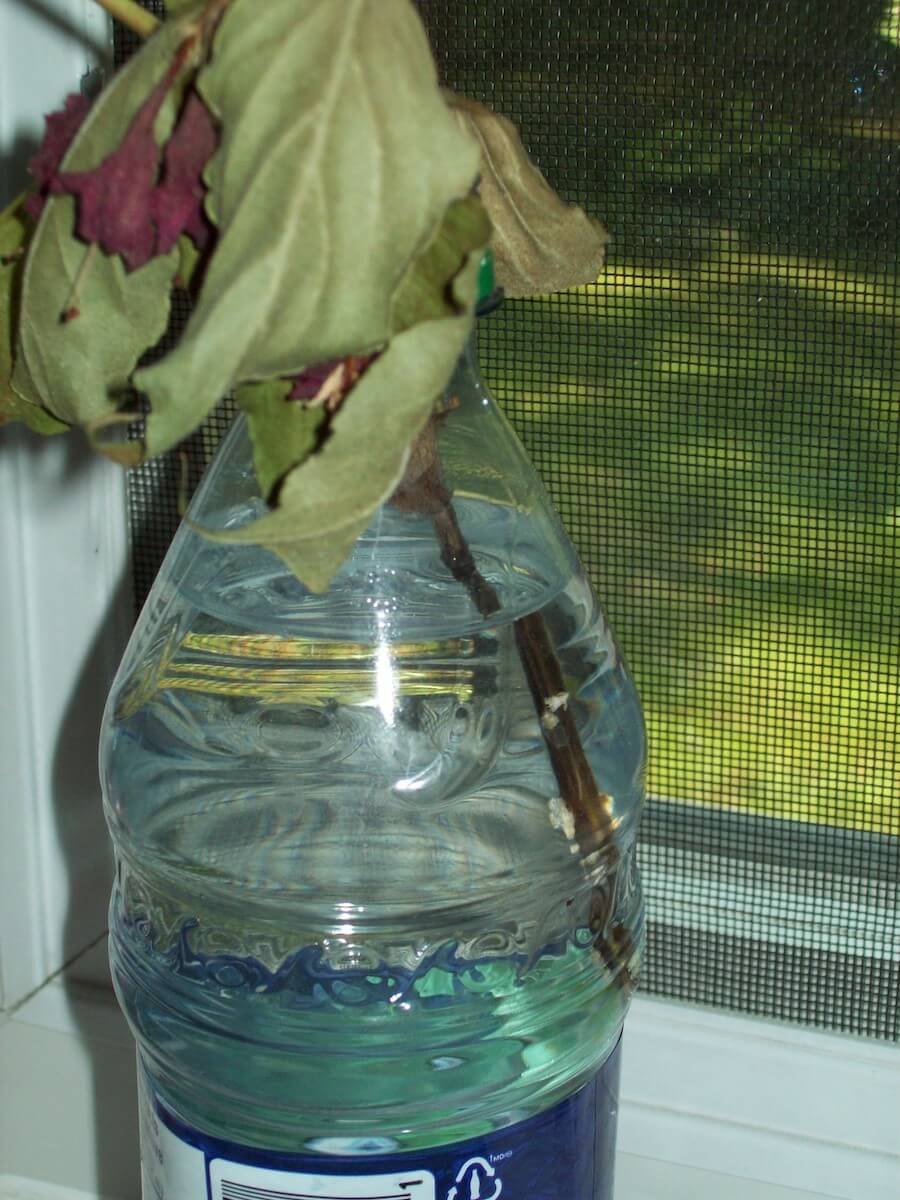
“It’s dead,” I was told repeatedly. Week after week, I kept the branch in its water bottle on the kitchen window ledge.
“Throw it out,” others said.
“The flowers are wilting, but they haven’t dried up,” I argued. “It’s not dead. Not yet.”
I persevered and was rewarded about a month later with tiny white protrusions up and down the submerged stem. The white dots grew. It was rooting.
The leaves were wilting and the flowers had long since dropped off, but the plant was regenerating itself. My experiment was a success! At least, I hoped it was. There was still a long way to go before I had my beautiful big bush full of deep red flowers.
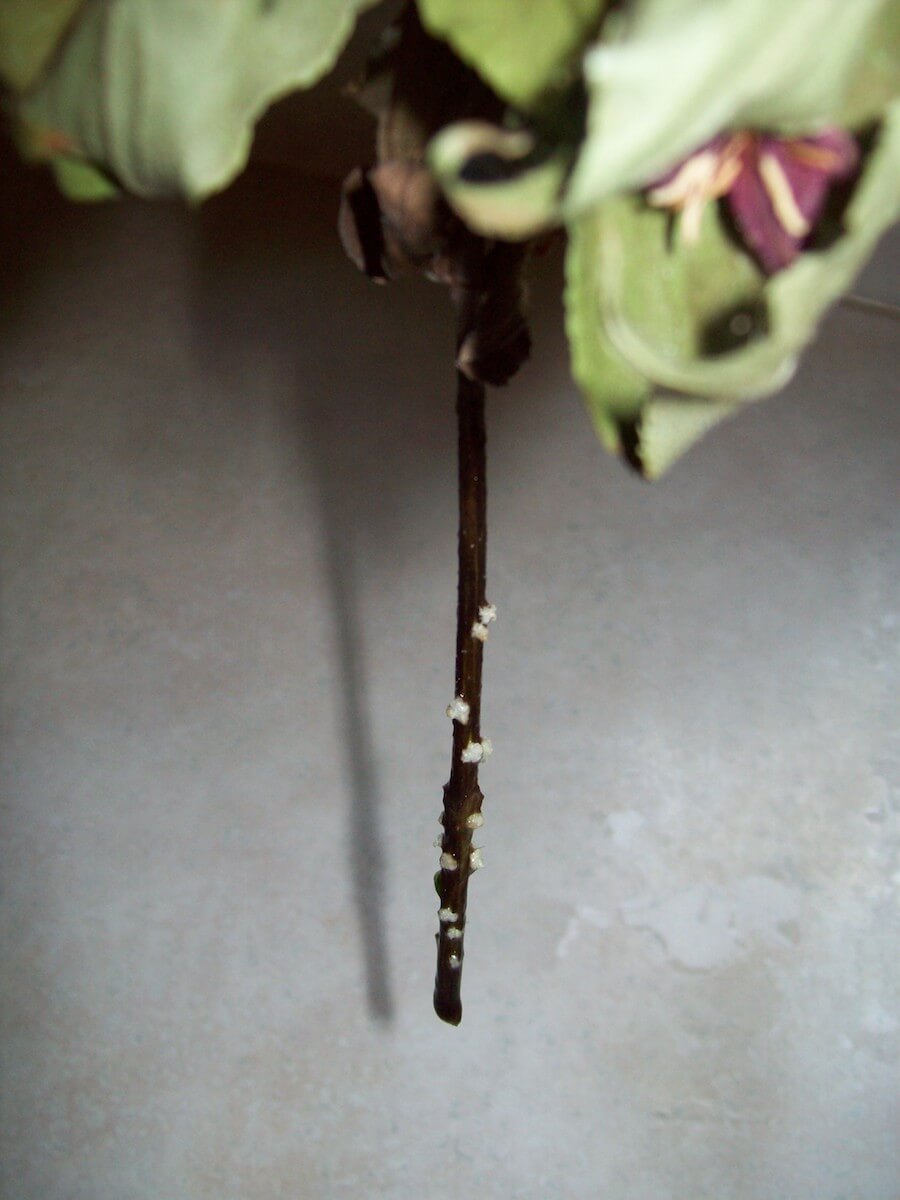
You might call the weigela an oldie. It’s tough and hardy and requires very little care, as long as it’s planted in the right location. As my hardy little branch continued to sprout roots, I had time to decide where to plant my weigela.
A Name That Makes You Think
My weigela. Now there’s a name to challenge the art of pronunciation. Is it the “wei” sound of weight, the “wei” sound in why or the “wei” sound in way? Was the middle part a soft “g” as in George or a hard “g” as in get? And was it “e” as in wheat or “e” as in eh? I asked around and discovered an app online to help me assess the correct pronunciation. I think.
The dictionary gives the true phonetic interpretation: wī-ˈjē-lə. Another interpretation is waɪˈdʒiːlə. Neither help much unless you really know your phonetics, which I don’t. So, here’s my phonetic interpretation, one that helps me pronounce it correctly every time: wy-gee-law (with a hard g as in “get”).
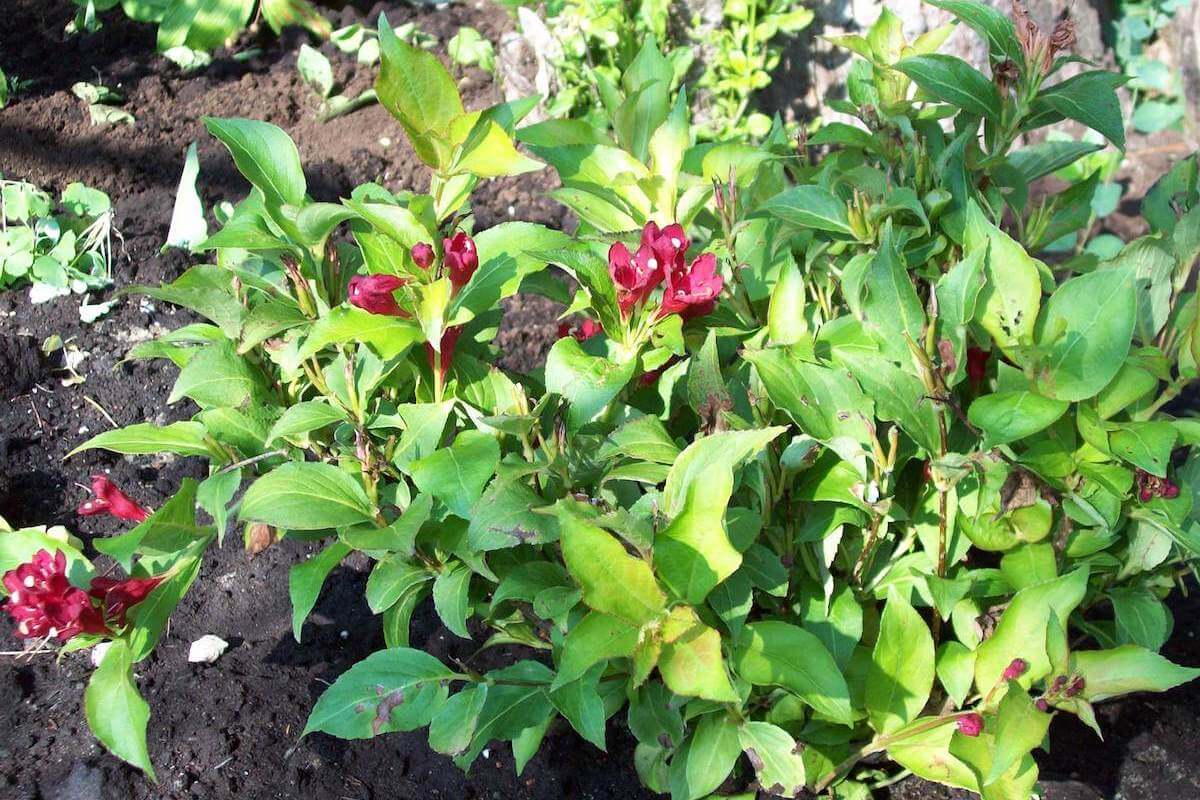
And where did it get its name? It’s not the usual Latin name one would expect. Actually, the weigela part of its botanical name comes from the German scientist, Christian Ehrenfried Weigel. And since there is a Latin part of its name, its full name is weigela Florida. No, it’s not a reference to Florida in the United States, but rather to the large number of flowers it produces. Florid, after all, means flowery or showy. And weigela Florida is definitely both flowery and showy.
Interpretations and names aside, this is a fabulous shrub to add to any garden. It’s most commonly seen with pink or red funnel-shaped flowers that look like tiny tubes which makes it a showy addition to the eastern Asian shrub family of honeysuckles.
The weigela might not be as popular as other old-time favorites like lilacs, azaleas, and rhododendrons, but the shrub’s resilience and long-lasting flowers have made it gain in popularity over the years. Basically, fancy names aside, it’s a deciduous flowering shrub.
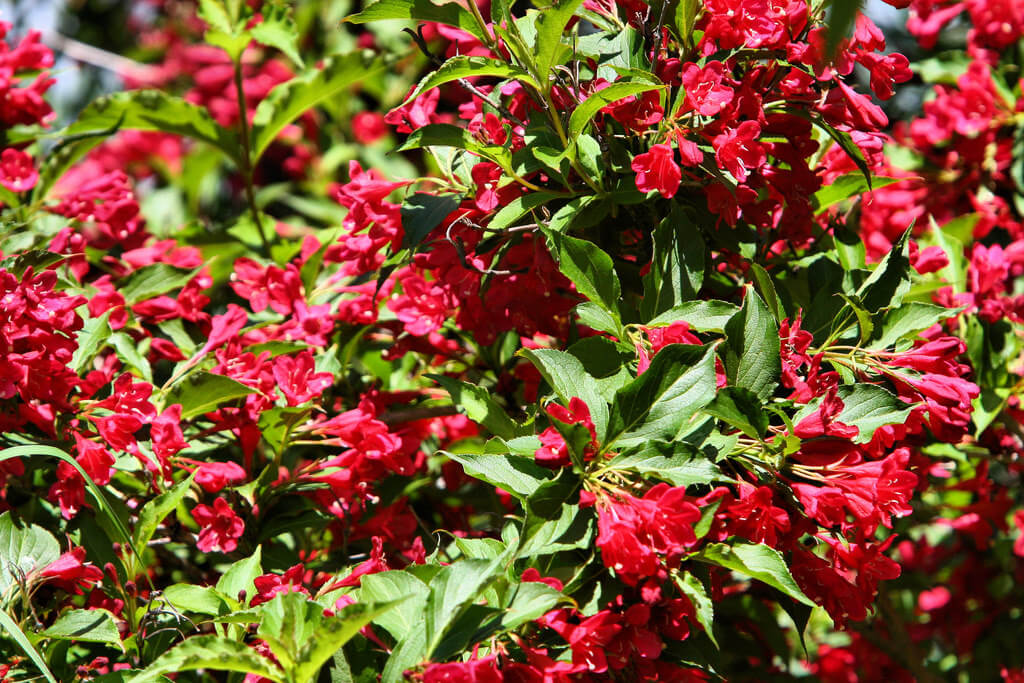
The weigela bush can be a large one – from 6 to 10 feet high and wide. With branches that arch and sway, it blossoms in late June and sometimes right through the summer months. The most common color of the weigela flower is pink, but there are cultivars that sport deep-pink, red, white or even yellow flowers.
Most cultivars have dark green leaves, but some have a light green, variegated leaf. My personal favorite is the deep red, which is intense when the flowers first appear, fading only slightly before they dry and fall off the branches.
Growing Weigela
This is a full sun shrub and the soil must be well-drained. Weigela has moderate water needs, so it can survive a drought or over-watering (even flood conditions) with minimal effect to its overall survival. Another bonus to the easy care is that hummingbirds and butterflies flock to the weigela flowers.
As an old-time favorite, weigela grows with ease in a very natural, uninhibited form. While its colors make it attractive, its natural, wild form makes it a good selection for either a wildflower garden or a cultivated English garden. Pruning isn’t necessary, but if you want to prune it, wait until it finishes flowering – in other words, not until late fall.
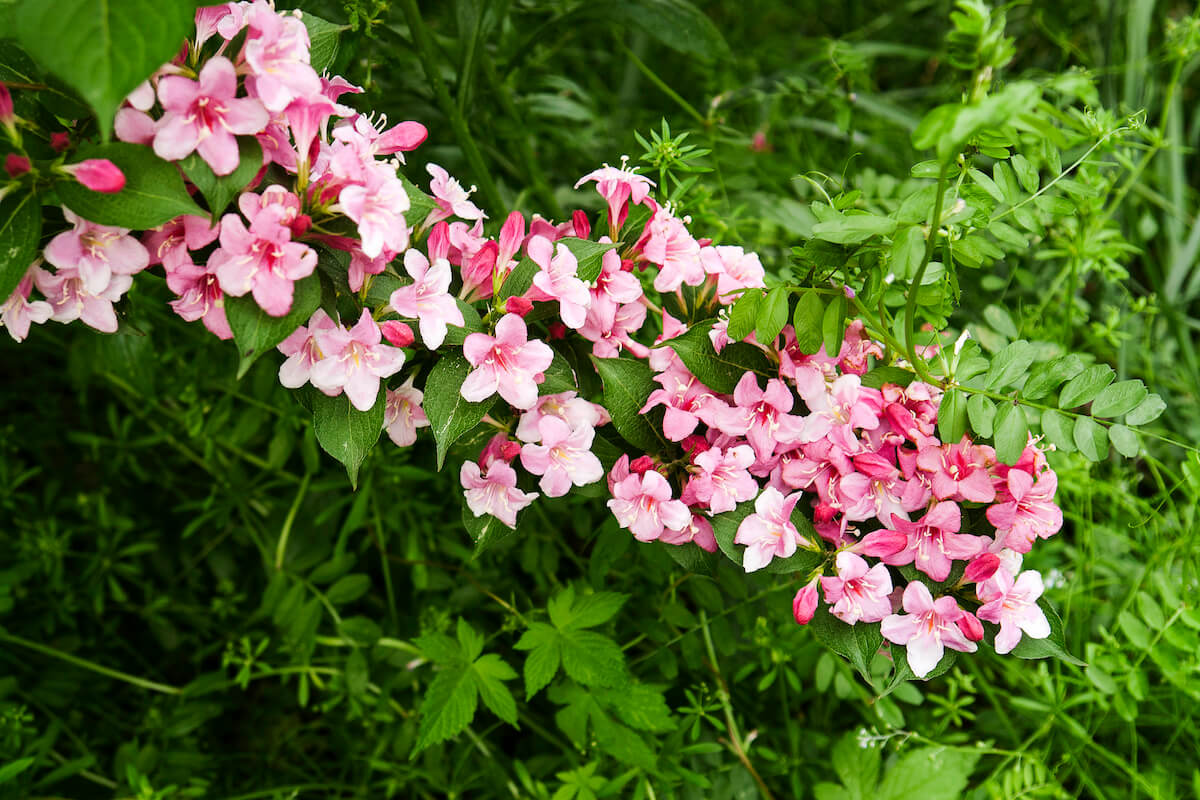
Pruning while the shrub flowers can destroy the buds, which might prevent it from flowering next year. My preference is to allow my weigela to grow in every direction possible. I plant these shrubs, not only for beauty and to attract hummingbirds and butterflies, but also to create a protective screen around my property, allowing me a modicum of privacy.
Another bonus is that weigelas aren’t usually plagued by pests and diseases. However, like many shrubs, they can be bothered by aphids, spider mites, and scale insects.
An old-fashioned favorite? Well, the weigela has been around for quite some time. Originally a native shrub in the northern parts of Asia, it was introduced to English and European gardens in the mid-nineteenth century and North American gardens soon after.
https://www.instagram.com/p/BF1KvoCqJDU/?tagged=weigelabush
Its resilience and guaranteed wow factor makes it a ready favorite for both home gardeners and seasoned botanists alike. It’s certainly my old-fashioned favorite. And now that I know how easy it is to grow more weigela shrubs from mere clippings, it’ll be my favorite garden showpiece, throughout my country plot, for many years to come.
As for my clipping? Well, it took a while, but patience has its virtues. The summer I rooted the clipping was very hot and dry. I didn’t want to risk planting the rooting branch directly outdoors. So, I potted it inside and kept it happy over the course of the long winter months, watering it regularly.
The following spring, I found the perfect, sunny location and planted my clipping — now a small shrub in a pot. I dug a deep hole, lined it with peat moss (not too much) and planted my weigela. With regular watering, both by myself and Mother Nature, who is usually very helpful in the spring, my little shrub prospered and it even sprouted a few flowers that first summer.



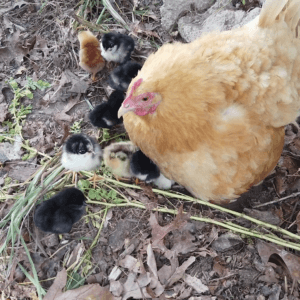


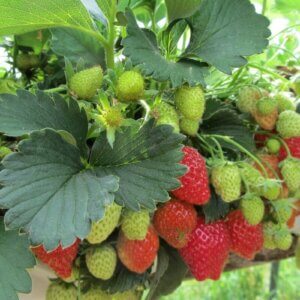



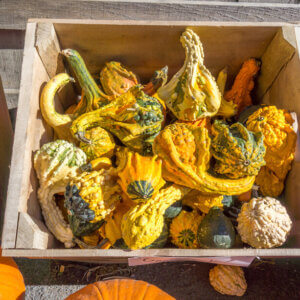

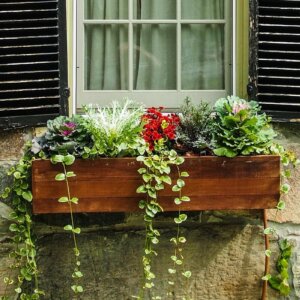




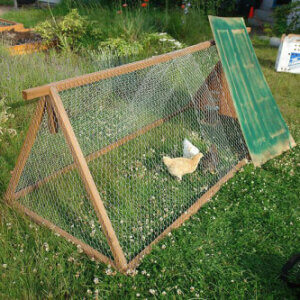
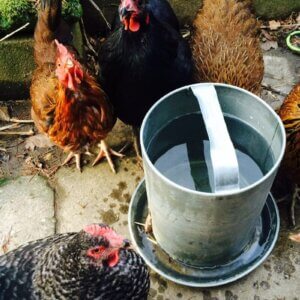
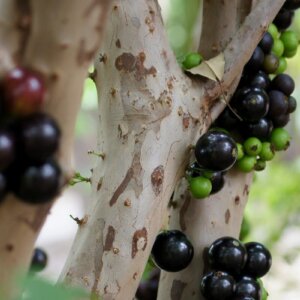





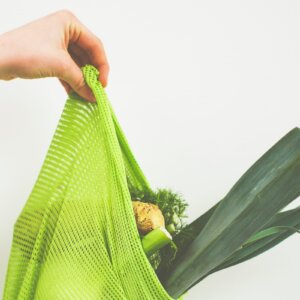





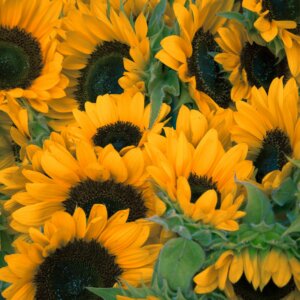


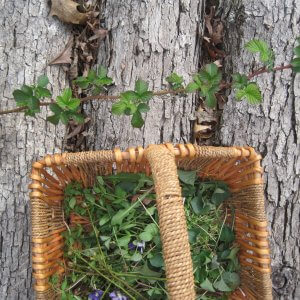

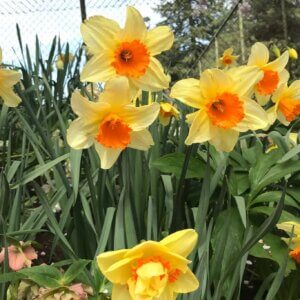


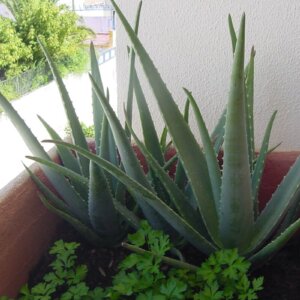

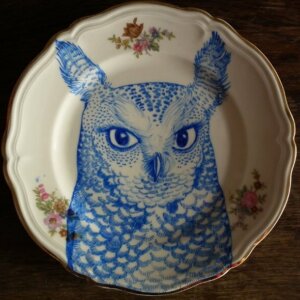
We had 2 weigilas in our garden when I was young. They were my mom’s favorites
Haven’t thought about them in years
Thanks for bringing back the memories!
You’re welcome. Weigela has always been a favorite of mine, too. Lots of memories planted in a garden.
I am needing year round shrub that isn’t a stick in winter. This looks like it would work. Also, I don’t want it to get 15’ tall with a tree base otherwise it doesn’t serve as privacy. Your input and suggestions are welcome
Can you grow/trim Weigela as bordering bushes?